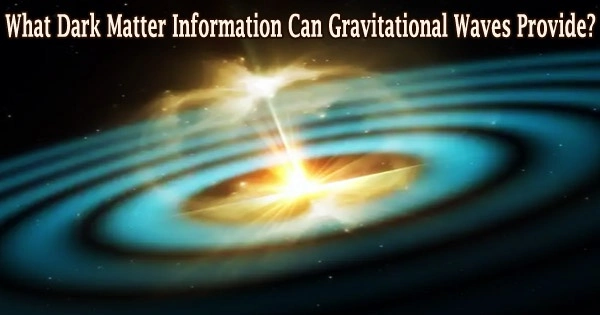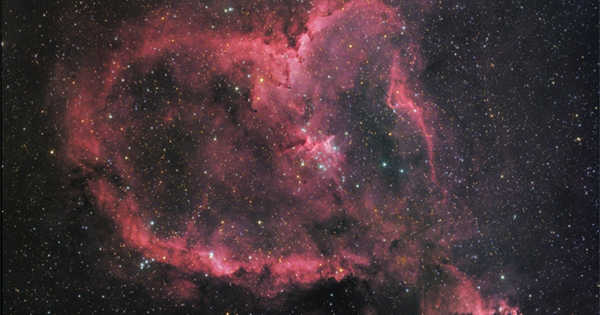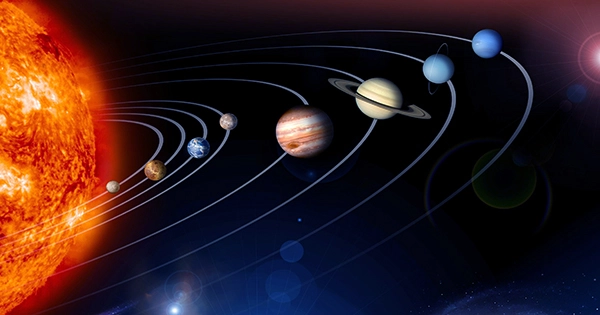Very low-frequency gravitational waves were recently detected for the first time by the NANOGrav Collaboration. Professor Pedro Schwaller and Wolfram Ratzinger examined the data and specifically thought about whether it would indicate novel physics outside of the Standard Model.
The signal is consistent with both a phase transition in the early cosmos and the presence of a field of incredibly light axion-like particles (ALPs), according to a research in the journal SciPost Physics. These latter ones are regarded as strong contenders for dark matter.
Through gravitational waves, we can see the early cosmos. While the omnipresent cosmic microwave background does not provide much about the first 300,000 years of our universe, it does reveal certain details about the Big Bang.
“It’s exactly this very early universe that is so exciting for particle physicists,” explains Pedro Schwaller, Professor of Theoretical Physics at the PRISMA+ Cluster of Excellence at Johannes Gutenberg University Mainz (JGU). “This is the time when the elementary particles like quarks and gluons are present, and then combine to form the building blocks of atomic nuclei.”
The gravitational waves that the NANOGrav Collaboration have discovered for the first time are unique in that they oscillate at an extremely low frequency of 10-8 Hertz, or roughly once every year.
They have a large wavelength, thus any detector used to detect them would need to be just as massive. The astronomers at NANOGrav use faraway pulsars and their light pulses as enormous detectors as such a detector is not feasible on Earth.
Even though so far the data only provides us with a first hint of the existence of low-frequency gravitational waves, it is still very exciting for us to work with them. This is because such waves could be produced by various processes that occurred in the early universe. We can now use the data we already have to decide, which of these come into consideration and which do not fit the data at all.
Wolfram Ratzinger
Wolfram Ratzinger outlines the motivation behind their work: “Even though so far the data only provides us with a first hint of the existence of low-frequency gravitational waves, it is still very exciting for us to work with them. This is because such waves could be produced by various processes that occurred in the early universe. We can now use the data we already have to decide, which of these come into consideration and which do not fit the data at all.”
Phase transitions in the early cosmos and a dark matter field of extremely light axion-like particles were therefore chosen as the two scenarios that the Mainz-based researchers chose to examine particularly closely (ALPs).
Similar to dark matter, these phase transitions cause enormous turbulences and are caused by the primordial soup’s dropping temperature after the Big Bang. However, the Standard Model can not account for them.
Based on the data available, Pedro Schwaller and Wolfram Ratzinger interpret the results of their analysis with relative caution: “Perhaps slightly more probable is the early phase transition scenario. On the other hand, the two physicists believe that the fact that they are able to work out certain possibilities based only on limited data proves the potential of their approach.”
“Our work is a first, but important development it gives us a lot of confidence that with more precise data we can draw reliable conclusions about the message gravitational waves are sending us from the early universe.”
“Furthermore,” Pedro Schwaller concludes, “we can already begin to pin down certain characteristics of the scenarios and put constraints on them, in our case the strength of the phase transition and the mass of the axions.”
















